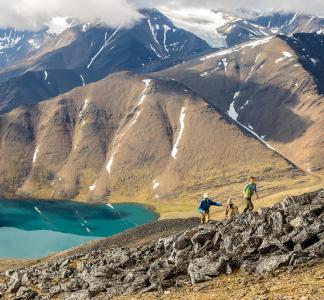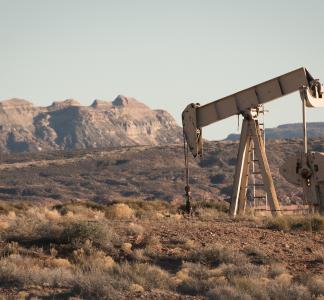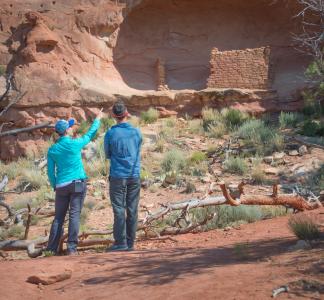Peter Coskun
New uranium mining projects could pollute the greater Grand Canyon watershed
The greater Grand Canyon watershed is one of America’s most spectacular natural landscapes. Stretching hundreds of thousands of acres in northern Arizona, it is one of the wildest and most ecologically important areas of the West.
The Grand Canyon is also one of the best-known sites in the West, attracting millions of visitors each year. The surrounding watershed includes lesser-known gems like Vermilion Cliffs National Monument and the ancient ponderosa pines of the Kaibab National Forest.
However, this area is at risk of new uranium mining claims, despite a 20-year moratorium signed in 2012.
This is why we featured Grand Canyon National Park in a report as one of 15 wild places deemed too important to lose.
The greater Grand Canyon watershed is a world-renowned landscape that provides water to millions of people and contains rugged cliffs, pine forests, deep canyons and grasslands that provide habitat to wildlife.
The threat
In 2012, Secretary of the Interior Ken Salazar banned new uranium mining claims in the greater Grand Canyon watershed because of the danger they posed to water, wildlife, areas sacred to Native American tribes and other sensitive resources.
However, several members of Congress have recently urged the Trump administration to reopen the watershed to new uranium mining claims.
These mines would present dangers to the land, wildlife and people. Water quantity and quality within the greater Grand Canyon watershed would be at especially acute risk from pollution and damage. Local residents, including the Havasupai Tribe, depend on these streams and tributaries.
What we're doing
-
Fighting in Congress
We are challenging attempts by members of Congress to open the greater Grand Canyon watershed to new uranium mining claims.
-
Generating public support
We're asking the public for comments to advance protections for the greater Grand Canyon watershed.
-
Asking companies not to develop
Pressuring uranium mining companies not to develop in the greater Grand Canyon watershed.



